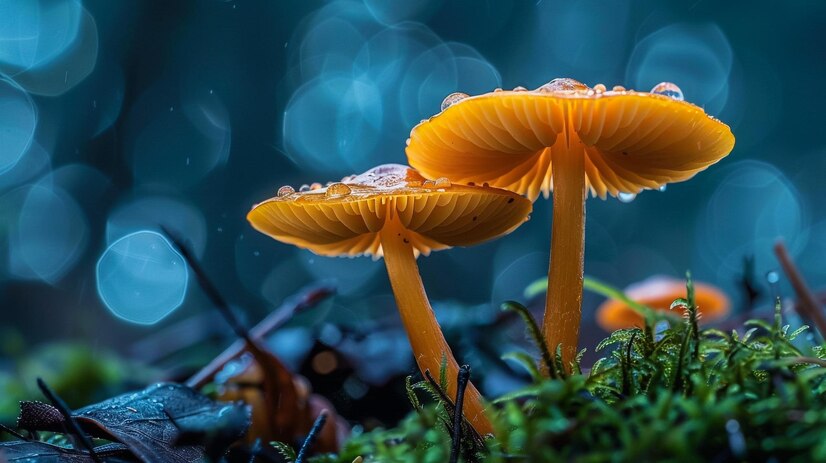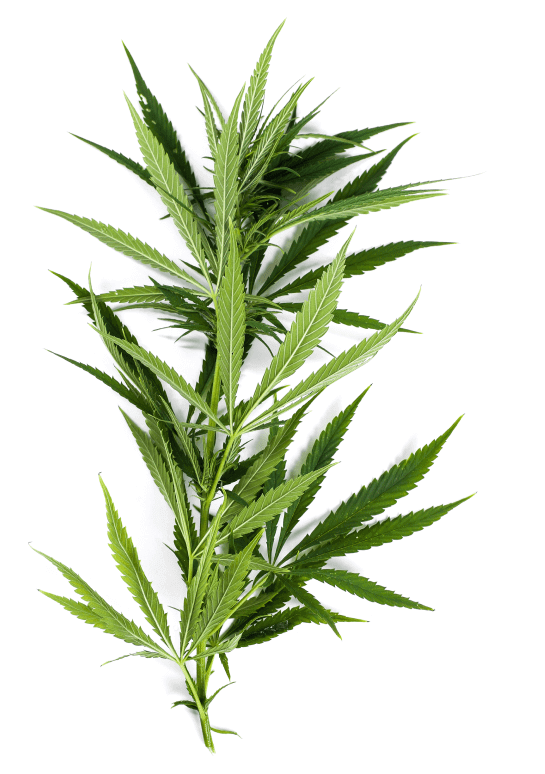




Mushroom planting involves cultivating mushrooms in controlled, dark, and humid environments using organic materials like straw or sawdust as the growth medium.


Mushroom planting, or mushroom cultivation, is a fascinating agricultural practice that has gained popularity due to its relatively low cost, quick growth cycle, and nutritional value. Unlike most crops, mushrooms do not rely on sunlight for energy. Instead, they grow in the dark and thrive on decaying organic matter, making them ideal for indoor or shaded environments. The cultivation process begins with selecting the right mushroom species, with popular choices including button, oyster, shiitake, and portobello mushrooms. Each type has different requirements for temperature, humidity, and substrate, so understanding the specific needs of the chosen mushroom is crucial.
Mushrooms grow best in moist, humid conditions, and require a substrate—usually composed of materials like straw, sawdust, or compost—that serves as a growth medium. The substrate must be pasteurized or sterilized to eliminate harmful microbes before inoculating it with mushroom spores or spawn.












Covers a variety of agricultural topics, including innovative farming techniques, sustainability, and crop-specific tips.
read moreFocuses on permaculture, organic gardening, and eco-friendly farming methods, with guides on soil health and natural fertilizers.
read moreOffers practical advice for home gardeners, covering everything from vegetable planting schedules to organic pest control methods.
read moreA personal gardening blog that shares tips on growing food, composting, and sustainable living practices with a DIY approach.
read more